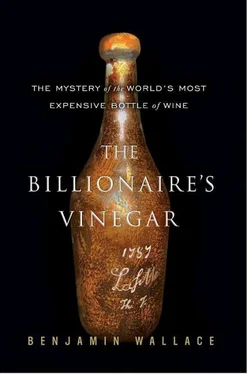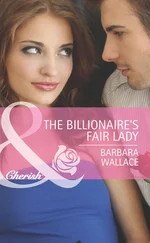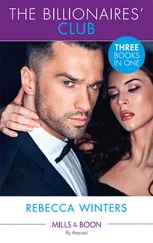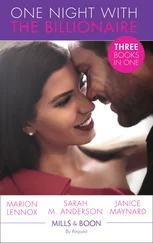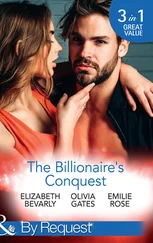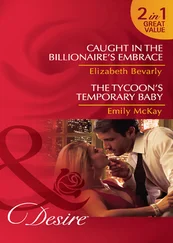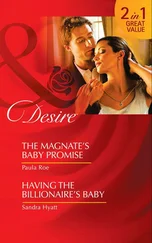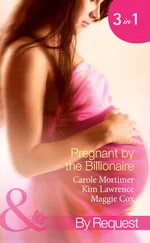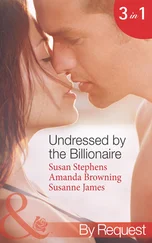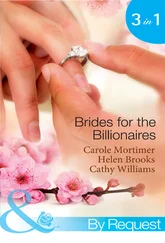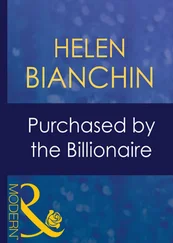If the building boom in the city center was fairly recent, for nearly a century a “fury of planting” had been transforming the marshy terrain in the surrounding countryside, traditionally sown with grain, into a sprawling quality-wine district. Wine had been made here in smaller quantities for much longer. The climate, tempered by breezes off the Atlantic and its estuaries, was hospitable to the grape, and through centuries of trial and error, the Bordelais had learned much about vine-growing and vinification. They had found and demarcated the best sites—with the optimal exposure to sun, drainage, and gravelly soil—and had begun to identify the grapes most suited to the area: cabernet sauvignon, merlot, cabernet franc, petit verdot, and malbec.
Claret, as the English called the light, blended style of red wine particular to Bordeaux, was well established by now, as were the top vineyards; a specific hierarchy had been generally acknowledged since at least 1730, when Bordeaux brokers divided the vineyards into three classes. The ranking mirrored the prices different wines fetched on the market and had been consistent for more than fifty years.
Until now, when Jefferson had ordered wine from Bordeaux, he had done so through an agent, and his requests had been generic. Just a year earlier he had asked John Bondfield, America’s consul in Bordeaux who had supplied Ben Franklin with wine, to arrange a shipment of twelve dozen bottles of red Bordeaux and twelve dozen of white, “of fine quality,” in either bottles or casks, as Bondfield saw fit. For these bottles, Jefferson paid two livres each. Now that he was in Bordeaux, Jefferson could see the quality pyramid for himself. He learned that the best white Bordeaux came from the Sauternes district, and that the best of these was a sweet wine called Yquem, which sold the equivalent of 150,000 bottles annually. And he learned that four red wines, from vineyards planted in the seventeenth century, fetched the highest prices of all.
Haut-Brion, variously spelled by English writers as Ho Bryan, Oberon, and Obrian, had been the first of the Bordeaux wines to be specifically sought after in England. In 1663 the diarist Samuel Pepys noted that he drank “a sort of French wine called Ho Bryan that hath a good and most particular taste that I ever met with,” and fourteen years later the political philosopher John Locke visited the estate. By around 1700, the London Gazette was announcing coffeehouse auctions of “Lafitte, Margouze and La Tour,” all located on the tongue of land northwest of the city known as the Médoc. The Duc de Richelieu, a libertine exiled to Bordeaux in the middle of the century, held all-night orgies and developed a taste for the wines of the region, in particular Lafite. Upon his return to the Versailles court of Louis XV, the duke spread the Lafite gospel, telling the king it was “the secret of eternal youth,” and it became a fashionable wine. By the time of Jefferson’s visit in 1787, the privileged quartet that would subsequently be known as the premiers crus, or first growths, sold for up to two and a half times the price of the next-best wines. Haut-Brion sold the equivalent of 75,000 bottles a year, Latour 125,000, Margaux 150,000, and Lafite 175,000.
Jefferson recorded all this, as well as the names of several second-and third-tier wines, among the latter a wine called Mouton. He also learned about Bordeaux vintages. The rule of vintage variation was ancient: If a crop’s quality fluctuates with annual weather, so must anything made from that crop. The most famous wine in ancient Rome was called Falernian, and its 121 BC vintage was legendary. AD 1540 was a storied vintage for Steinwein, a white wine favored by King Ludwig II of Bavaria.
In Bordeaux’s off years, vintage purity fell by the wayside, and vintages would be blended; in good years, the wines were made separately. When Jefferson visited the region, the finest available year was 1784, “the best vintage which has happened in nine years,” as Jefferson wrote to a friend. “I may safely assure you therefore that, according to the taste of this country and of England there cannot be a bottle of better Bordeaux produced in France.”
Before sailing north from the Quai on May 29, five days after his arrival, Jefferson put his new knowledge to use, ordering 252 bottles of 1784 Haut-Brion from a local merchant, including seventy-two bottles to be sent directly to his brother-in-law Francis Eppes in Virginia. “I cannot deny myself the pleasure of asking you to participate of a small parcel of wine I have been chusing for myself,” he wrote to Eppes. “I do it the rather as it will furnish you a specimen of what is the very best Bourdeaux wine.” Instead of Haut-Brion, however, the merchant filled the order with 1784 Margaux.
Jefferson got back to Paris on June 10, 1787, refreshed and perhaps ready for another romantic attachment. The next month his younger daughter, Polly, arrived from America, attended by a light-skinned, fourteen-year-old slave girl named Sally Hemings.
Despite his three-and-a-half-month trip, Jefferson’s connoisseurship was in one respect still a blunt instrument. His personal taxonomy of wine was divided into a mere five categories: sweet, acid, dry, silky, and astringent. The characteristics he was most concerned about were rudimentary things like hardiness, since the wine needed to survive long, bumpy journeys. In his letters he would enthuse about a particular wine’s “strength” or “flavor,” or speak of “the best vintage” of a wine or of “the most celebrated” producers. That was about as precise as he got.
But in a number of important ways, Jefferson’s 1787 trip had made him the greatest wine connoisseur writing in any language at the time. Learning the best vineyards and vintages was part of it, but two shifts in Jefferson’s behavior hinted at a deeper, more hard-won sophistication. He was no longer asking someone else which wines to buy, instead deciding for himself. And he was becoming skeptical about the integrity of the wines, an issue seemingly as old as wine itself. He now resolved to make it his standard practice to order wine straight from the châteaux. That September he told a friend that, when it came to buying direct, he could “assure you that it is from them alone that genuine wine is to be got, and not from any wine merchant whatever.”
There were all sorts of reasons and ways to fiddle with the product. Some meddling was customary “improvement,” and some was the work of charlatans. Dutch merchants dosed claret with brandy to help it survive rugged journeys to distant markets, and added sugar and spices to bring it in line with the Low Country taste for sweeter, more resinous wine. The Bordeaux negociants who sold to the English market tailored the wine to that nation’s gin-and-Portbenumbed palates by spiking it with stronger Spanish or French wine as well as distilled spirits. Newer wine might be mixed with old to extend its shelf life; water, or inferior wine, might be mixed with good stuff in order to stretch it; less appealing vintages were worked on to make them taste better.
None of this was new. In the Canterbury Tales, the Pardoner warned his listeners to avoid “mysteriously” mixed wines. Much earlier, Pliny bemoaned the problem of doctored wine: “Now not even the greatest can enjoy pure wines anywhere…. Trade morality has come to such a pass that only labels and cellar names are sold, and the must is adulterated while it is still in the press. And the result is a strange paradox; the wine of least repute is least sophisticated and most wholesome.” The Romans were so liberal in their manipulations—using smoke, fire, and seawater to accelerate the aging process—that British writer H. Warner Allen would later describe their era as “the Golden Age of Wine Faking.”
Читать дальше
